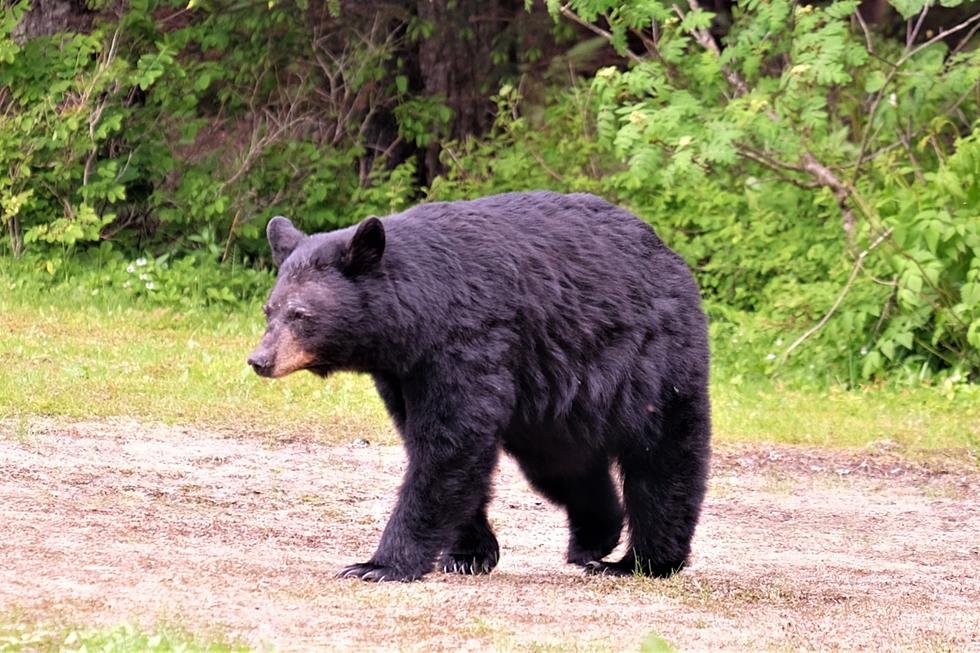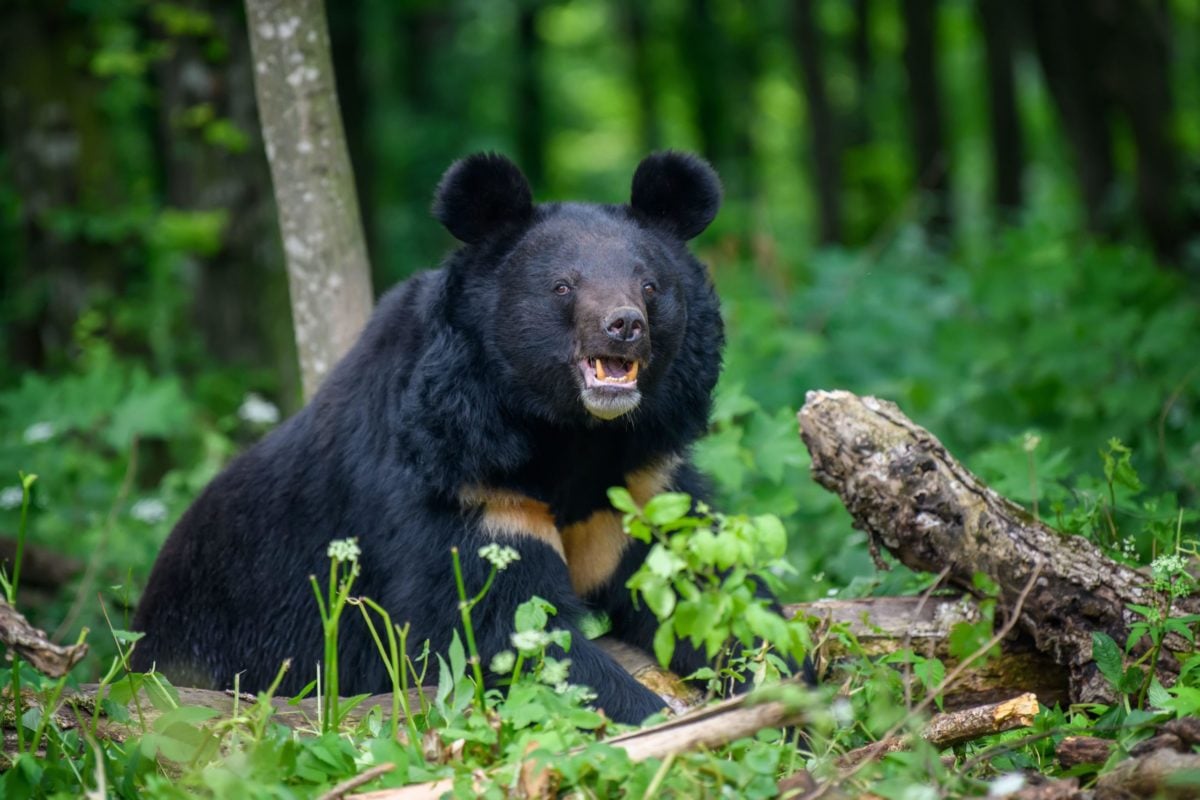Why Bears are Appearing Early, Explained by Local Wildlife Expert!
As the first day of spring approaches, residents of the Capital Region are witnessing an unexpected wildlife phenomenon – early bear sightings. Contrary to common belief, these sightings are not necessarily linked to warmer temperatures, according to insights provided by the Department of Environmental Conservation Region 4 Wildlife Manager, Michael Clark.
Clark explains that bears don’t emerge from their winter slumber solely in response to rising temperatures. Instead, the key factor influencing when bears come out of hibernation is the delicate balance between the calories they gain and burn. This equilibrium is significantly impacted by the food availability during the fall months, ultimately determining the duration of their winter rest.
In the fall of the previous year, food sources were abundant for bears, including acorns, beech nuts, and apples. Clark highlights that this plentiful food supply has led to bears accumulating substantial fat reserves, affecting their emergence timeline.
“Bears should have outstanding fat reserves this year. When they do, they will usually emerge in late March or early April,” says Clark, providing insight into the ecological intricacies that dictate bear behavior.
Despite the expected emergence timeline, there have been reports of bear sightings in Albany County before the usual spring awakening. Clark attributes this anomaly to certain bears not consuming enough food during the fall.
“Younger bears may not have put on a sufficient amount of fat or were not nourished well,” explains Clark. “Other bears you see may be in a compromised state. For example, they could have been injured.”

Bears that emerge prematurely may face challenges in finding natural food sources, leading them to explore human-inhabited areas in search of sustenance. Clark emphasizes that bears are typically herbivores in the spring, feeding on leaves, grass, cat tails, and skunk cabbages.
However, their opportunistic nature may lead them to human food sources, which could have detrimental consequences. “Bears are opportunistic, so they will go after food where it is available. When bears associate food with humans, it could be detrimental,” warns Clark.
To mitigate potential conflicts between bears and humans, the Department of Environmental Conservation reminds New Yorkers of the illegality of intentionally feeding bears. The BearWise educational campaign suggests two key practices to reduce these conflicts: securing food, garbage, and recycling, and removing bird feeders when bears are active.
New Yorkers are urged to store garbage in bear-resistant containers or indoors and regularly dispose of it to avoid odor build-up. For those using garbage pickup services, placing cans on the curb in the morning rather than the night before is advised.
In cases where bears cause property damage, enter homes or buildings, or find themselves in urban/suburban areas without an easy escape, residents are encouraged to contact their regional DEC wildlife office for guidance and assistance.
Related News:
- Latest Quarterback News Puts Cowboys’ Misstep in Spotlight
- Browns Head Coach Stefanski Drops Bombshell: Bad News for Joe Flacco Fans!
- Breaking News: TSMC Makes Historic Move with First Plant Opening in Japan
As the Capital Region navigates these early bear sightings, residents need to be vigilant, adhere to wildlife conservation guidelines, and play a role in preventing potential conflicts between humans and bears. The unexpected emergence of bears highlights the intricate interplay between nature’s cycles and human habitation, reminding us of the importance of coexisting harmoniously with our wildlife neighbors.

